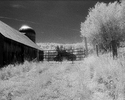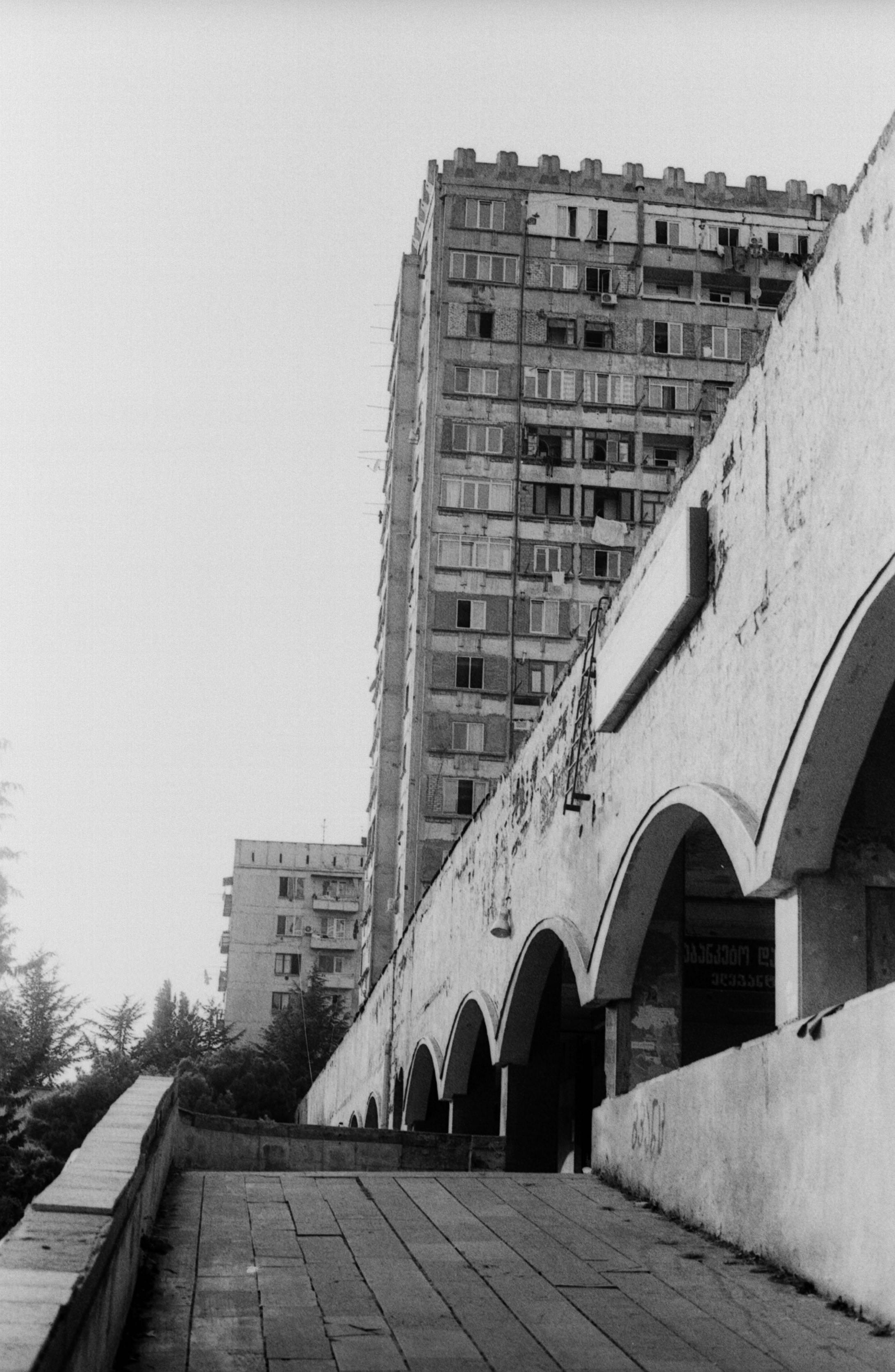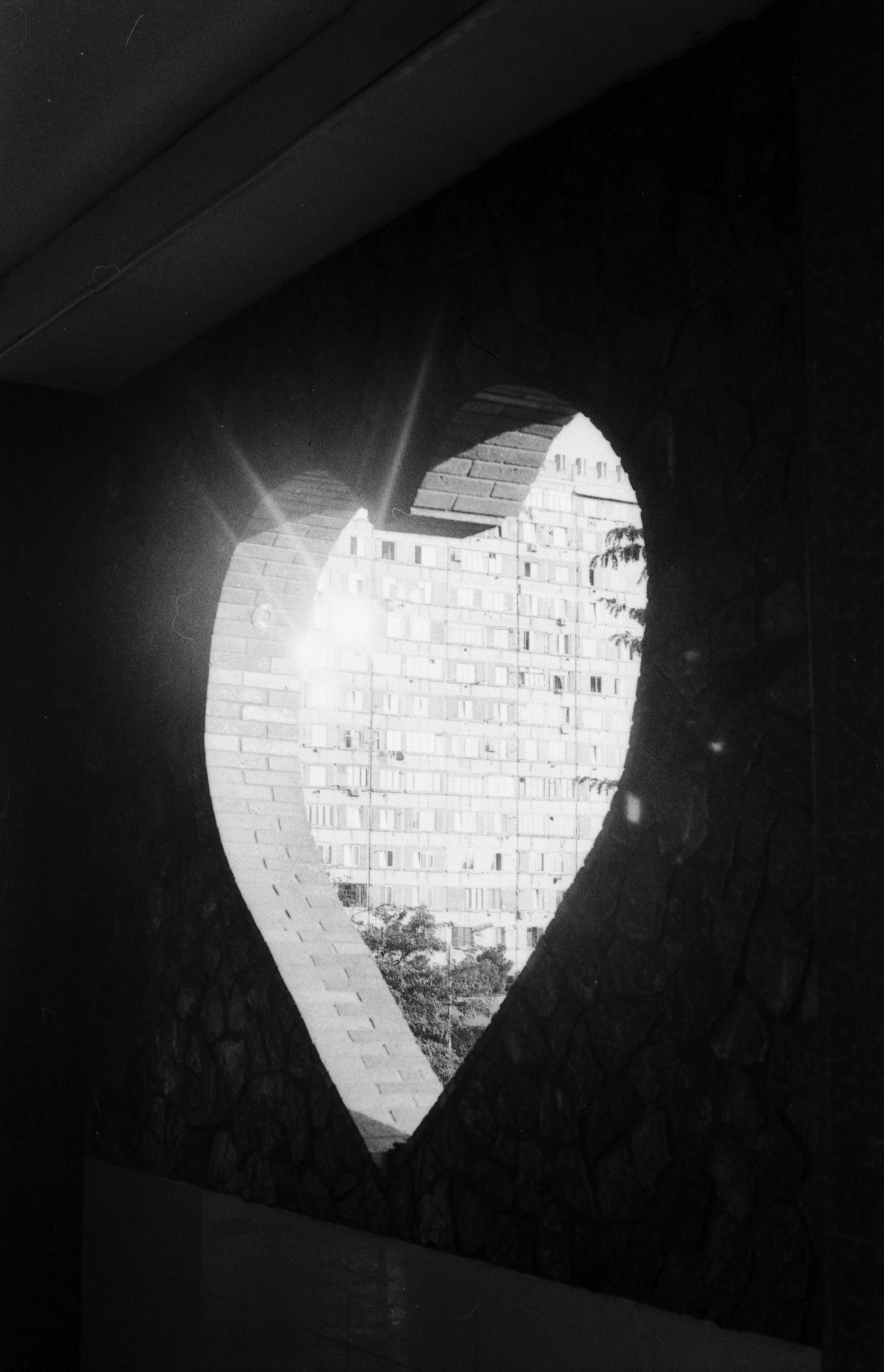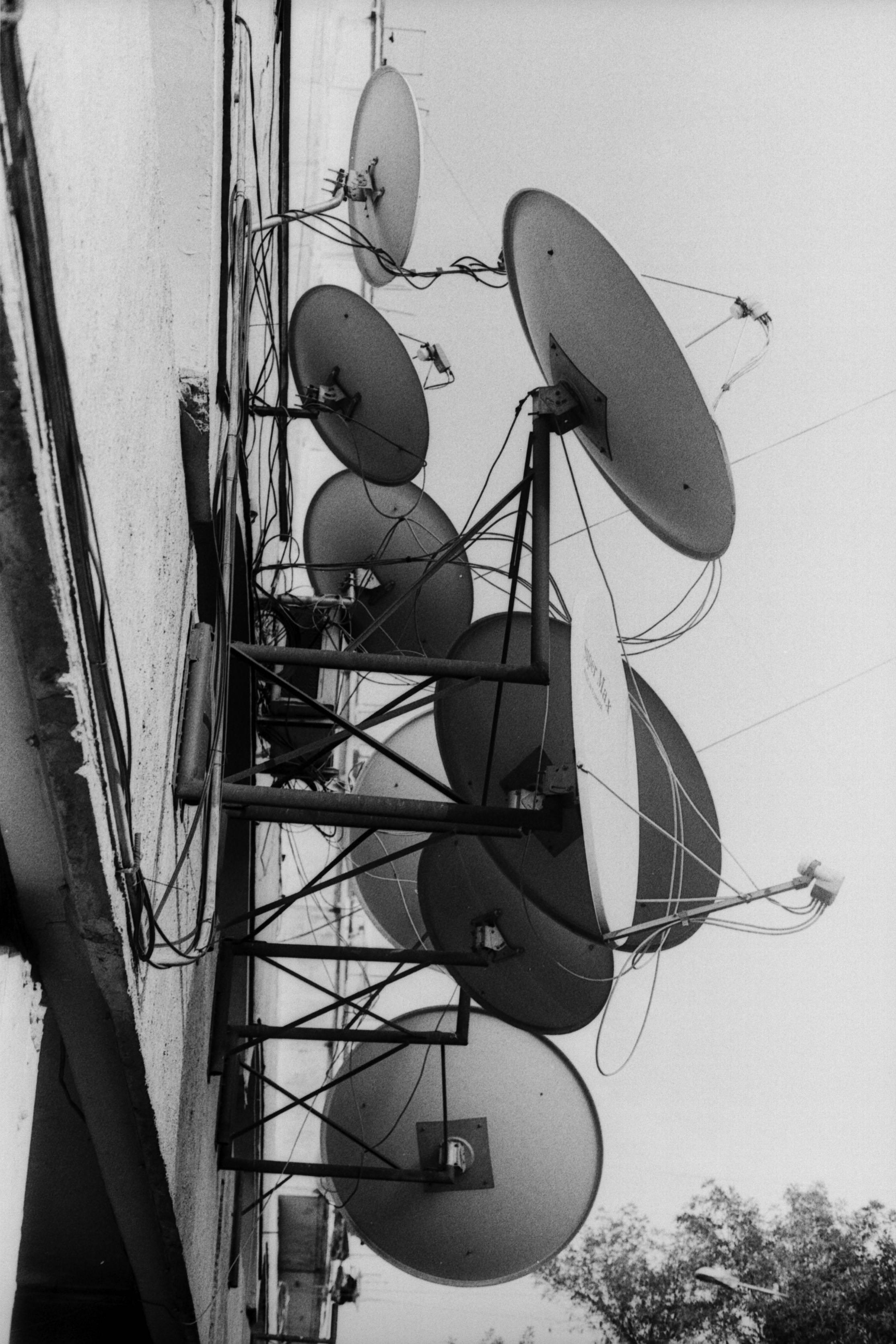Again:
A friend took me with him into his bathroom and let me accompany him during processing a film. Obviously part of the process was not visible to me as he turned off the lights...
The next day I went into town and bought at a supermarket (yes, those were the times...) a 2-reel Jobo tank, a bottle of developer concentrate, a bag of fixer, a bottle of wetting-agent. And one brown storing bottle for the developer, and a measuring beaker and a funnel, for the fixer I used a water bottle (no good idea!). As thermometer I used a room thermometer where I put a mark at 20°C and took it out of its holder.
I had no book or such. Just what I experienced in that bathroom and the leaflets with the things I bought.
My films all came out fine.
This internet makes things look terrible complicated...
A friend took me with him into his bathroom and let me accompany him during processing a film. Obviously part of the process was not visible to me as he turned off the lights...
The next day I went into town and bought at a supermarket (yes, those were the times...) a 2-reel Jobo tank, a bottle of developer concentrate, a bag of fixer, a bottle of wetting-agent. And one brown storing bottle for the developer, and a measuring beaker and a funnel, for the fixer I used a water bottle (no good idea!). As thermometer I used a room thermometer where I put a mark at 20°C and took it out of its holder.
I had no book or such. Just what I experienced in that bathroom and the leaflets with the things I bought.
My films all came out fine.
This internet makes things look terrible complicated...










